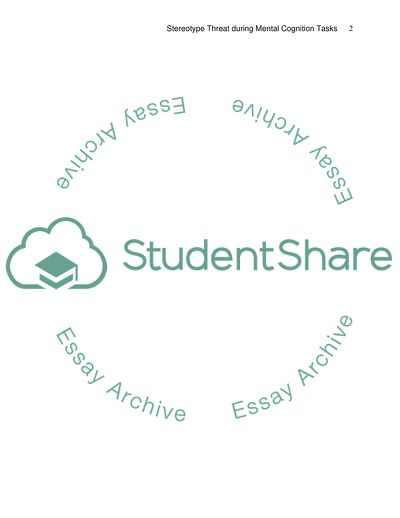Cite this document
(Stereotype Threat during Mental Cognition Tasks Case Study, n.d.)
Stereotype Threat during Mental Cognition Tasks Case Study. https://studentshare.org/psychology/1740891-sterotype-threat-study
Stereotype Threat during Mental Cognition Tasks Case Study. https://studentshare.org/psychology/1740891-sterotype-threat-study
(Stereotype Threat During Mental Cognition Tasks Case Study)
Stereotype Threat During Mental Cognition Tasks Case Study. https://studentshare.org/psychology/1740891-sterotype-threat-study.
Stereotype Threat During Mental Cognition Tasks Case Study. https://studentshare.org/psychology/1740891-sterotype-threat-study.
“Stereotype Threat During Mental Cognition Tasks Case Study”. https://studentshare.org/psychology/1740891-sterotype-threat-study.


